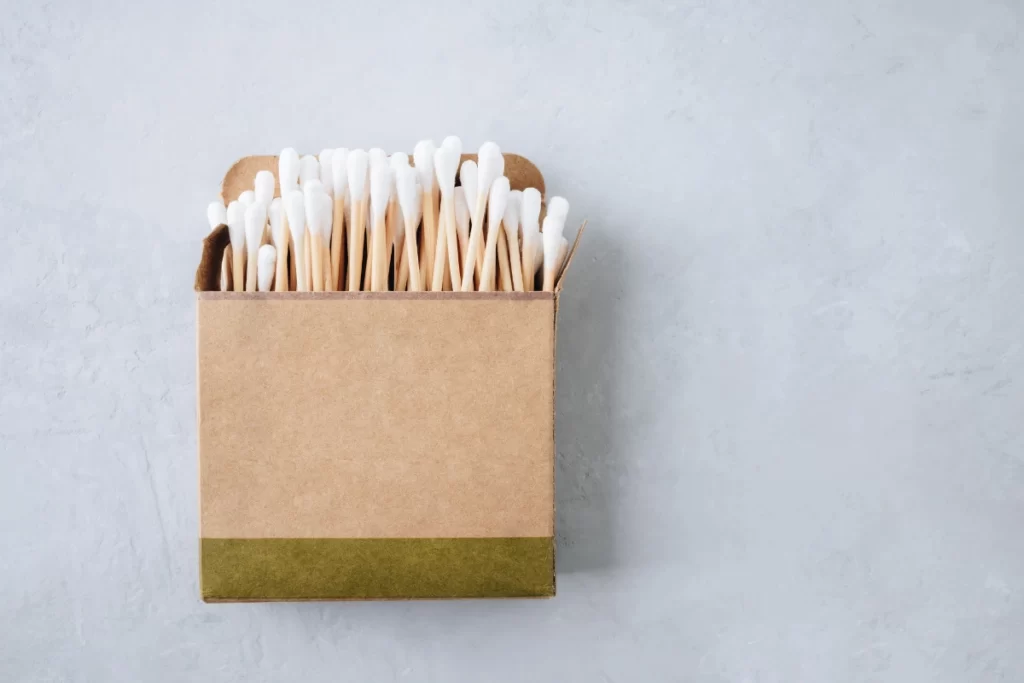Helpful tips about managing ear wax…

Wax is a mixture of oil secreted from glands in the ears, dead skin, dirt and debris. An amount of wax in the ears is normal and provides a protective factor against the ears becoming too dry, prevents bacterial and fungal infections, creates an inhospitable environment for insects to live in, and removes dead skin or debris from the ears.
The ears are self-cleaning, with the skin growing from the centre of your ear drum before migrating down to the entrance of the ear canal. During this process, oil, debris, and dead skin will be picked up and transported to the outer canal where it will eventually fall out of the ear. Using a cotton bud defeats all the hard work your ears have done to remove the wax, pushing it in further and often compacting it so that it is more difficult to remove.
A significant build-up of wax can lead to reduced hearing, pain, ringing noises or tinnitus, a sense of fullness in the ears and can possibly cause an ear infection if left untreated.
The shape of the ear canal, how much hair one has in their ear canals, age, ethnicity, and even environmental conditions can change the type and amount of wax you produce. Even the use of hearing aids can impact how well the wax can travel out of the ears.
Removal for excessive wax often starts with the use of wax softening drops or sprays to loosen the wax from the side of the ear canals. If there is a significant build-up of wax, it is very unlikely that these drops will dissolve or remove the wax without further intervention. This can involve micro-suction, curetting, or syringing. Each of these techniques will be effective based on where the wax is positioned in the canal, the consistency of the wax and the shape of the ear canal. Unfortunately, other practices including Ear Candling do not act to remove ear wax and can cause burns in the canal and to the ear drum.
A medical professional and some audiologists will be trained in the safe removal of wax. If you have ongoing issues with excessive wax, it can be a good idea to have your GP look in your ears at other health visits to determine when removal is required. For some people, more regular use of ear drops, or softening sprays will help to limit or lessen the build-up of wax.
Let me know what you think!
Brooke Dwyer
Clinical Audiologist
Shout Hearing Healthcare
(PS I love removing wax, more than happy to get the micro-suction machine out haha)
